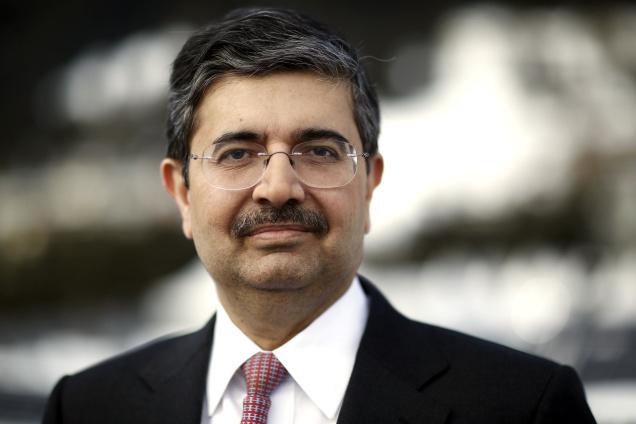
At the 10th edition of KIE’s Chasing Growth conference, Uday Kotak focused at chasing growth over the next 10 years, outlining potential 8% GDP growth and a need for policy changes to deliver higher growth, with the financial sector requiring major structural changes to play a strong role in raising GDP.
Mr Kotak raised two very important questions regarding growth over the next 10 years—(1) what could be the engine of global growth over the next 10 years, as was the QE of global central banks over the past 10 years and (2) what areas and policies would India need to focus on to deliver higher growth over the next 10 years.
Global geopolitical issues will be a major factor for the next 10 years—(1) the role of the US as it withdraws from its role of global police, (2) the rise of China and emergence of a world with two superpowers and (3) the role of other regional players such as Europe, Japan, etc.
India is able to deliver 8% GDP growth over the next 10 years with sheer hard work and luck and assuming global geopolitical issues are stable and do not act as headwinds to global and by extension, India’s growth. Nominal GDP growth will be higher at 12-13%. However, India will need to implement some serious policy changes to deliver higher growth.
On the role of the financial sector to support higher GDP growth for the country, Mr Kotak highlighted the need of a structural change for PSU banks, which still control the bulk of credit and deposits in the country. The Indian banking industry needs to evolve to four large PSU banks and four large private banks, in Mr Kotak’s view, to deliver stronger and sustainable growth without frequent disruptions as has been the case in the past.
For the PSU banks, the government has already started the process of consolidation. However, the government should also explore the option of reducing its stake to below 50% through larger public ownership. The government can give a guarantee to deposit holders for a limited period of time to assure them about the safety of their deposits.
The role of non-banks and other intermediaries (rating agencies) will also be important. Currently the situation is quite fragile for some of the NBFCs. The root cause of the problem is large amounts of money going to the debt mutual funds after demonetization. Also, the relaxation to MFs to invest in bonds of NBFCs and HFCs (to 40% overall from 30% previously) by the SEBI resulted in large amounts of short-term money going to NBFCs and HFCs as debt MFs invested in such paper for higher yields. In the future, it would be important for debt holders and investors to look at investment in debt paper beyond the rating given by rating agencies and develop their own underwriting skills. The NBFC space will see some combination of consolidation and mortality.
The concerns around political uncertainty may be exaggerated. Most businesses with strong business models are prepared for any form of government.



